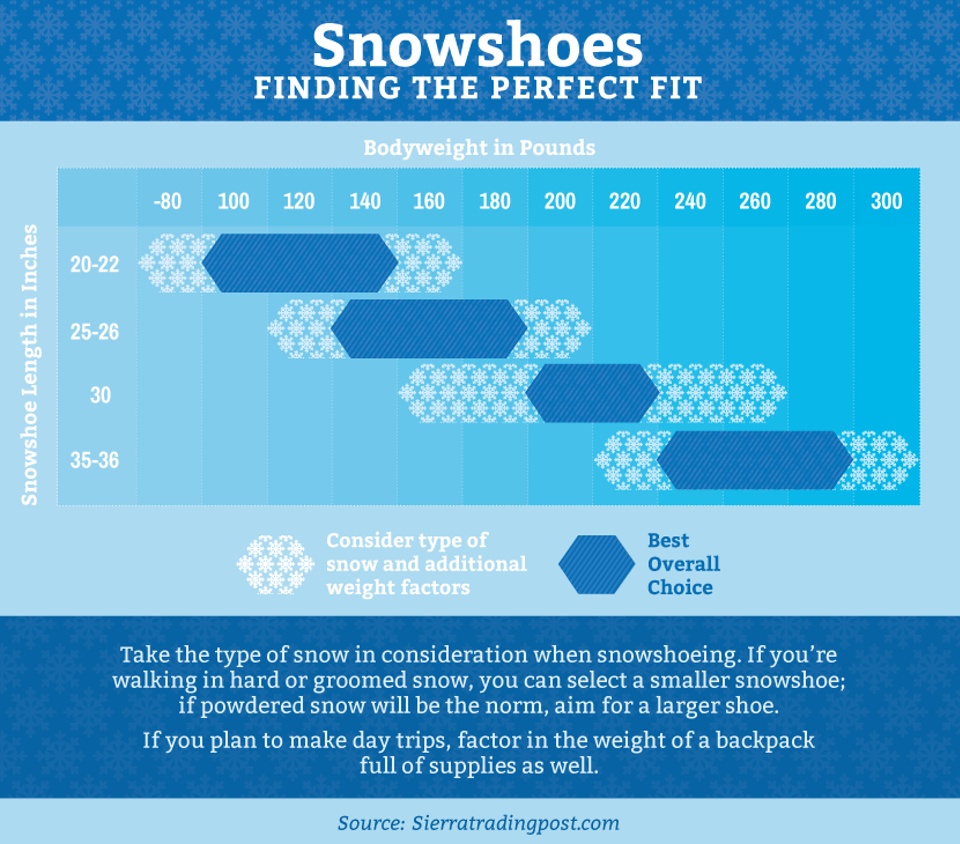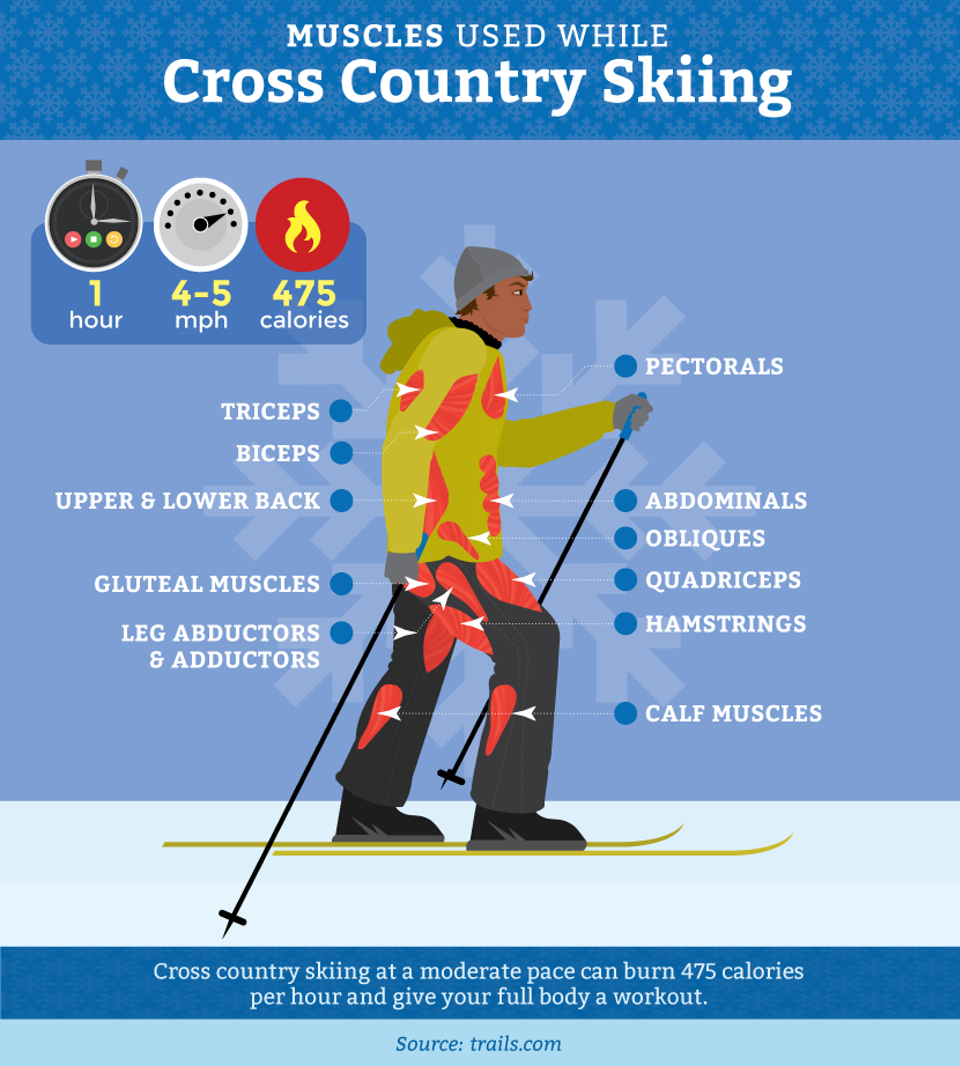Outdoor enthusiasts may have put away their hiking boots, bikes, and canoes for the season, but hibernation is not an option – winter is a great time to explore the outdoors. And downhill skiing isn’t the only snow sport in town. Both snowshoeing and cross-country skiing are far more affordable and accessible than their downhill cousin, perfect for a half-day or multi-day excursion in the mountains. Which is right for you?

In the showdown between snowshoeing and cross-country skiing, there’s no right or wrong answer – only the method of snow play that’s best for you.
Snowshoeing: Think of snowshoeing season as an extended hiking season. Almost any high altitude hiking trail can become a snowshoeing trail in winter, making the options for enjoying the sport nearly endless. Snowshoes are easy to store and pack in the car, and can strap onto backpacks for quick access. Once the initial purchase of gear is made, snowshoeing is often free, since enthusiasts can snowshoe in most public lands and on most backcountry trails. When it comes to selecting a model, keep in mind that most major snowshoe brands will offer an advanced backcountry exploration model and a touring or recreational model. The latter works for almost all beginners.

Cross-country skiing: While cross-country skiing takes a bit more time to learn than snowshoeing, it’s far easier to accomplish than downhill skiing, while still providing some thrills. This makes it a great sport for families with young children to try. Like snowshoeing, cross-country skiing is an affordable sport; passes to access Nordic trails at most major ski resorts are less than half the cost of a downhill lift ticket.
When deciding what type of skis to buy, consider this: the vast majority of new cross-country skiers will want fish scale bases. These etched ridges on the underside of the ski provide just enough grip while still allowing the ski to glide. The alternative, skins, are usually removable for backcountry skis, but built-in for some cross-country skis. These small patches give strong grip and stability, but less glide. Be prepared for a workout!

The good news: both snowshoeing and cross-country skiing provide great workouts for maximum health benefits, provided you’re using proper form. Here’s how to hike or glide for a full body workout.
Cross-country skiing technique: Cross-country skiing is slightly more technical than snowshoeing, but still possible to learn in only a few outings. Instead of pointing skis downward and turning, as downhill skiers do, cross-country skiing is all about the glide motion. Bend your knees slightly and kick one foot forward, then pull the other ahead to meet it. As your weight transfers, you’ll glide. Tip: move your arms as you go. They should be aiding your glide motion, not staying flat at your sides. To brake on downhill sections, turn your toes inward to create a “pizza wedge” with your skis.
This Retro WON first appeared December 8, 2017.
The Women's Outdoor News, aka The WON, features news, reviews and stories about women who are shooting, hunting, fishing and actively engaging in outdoor adventure. This publication is for women, by women. View all posts by The WON